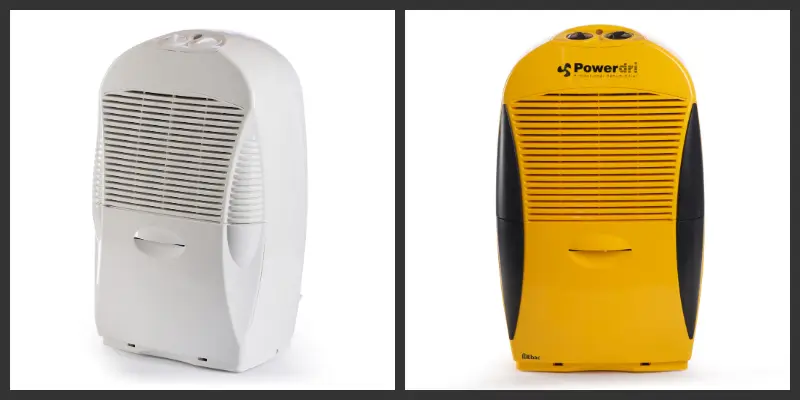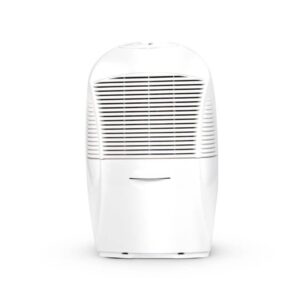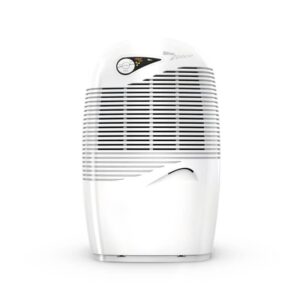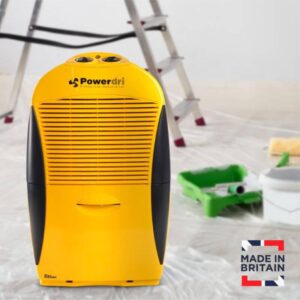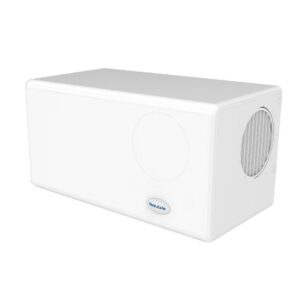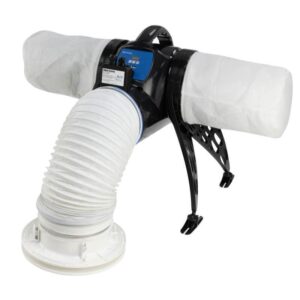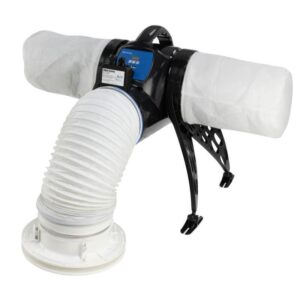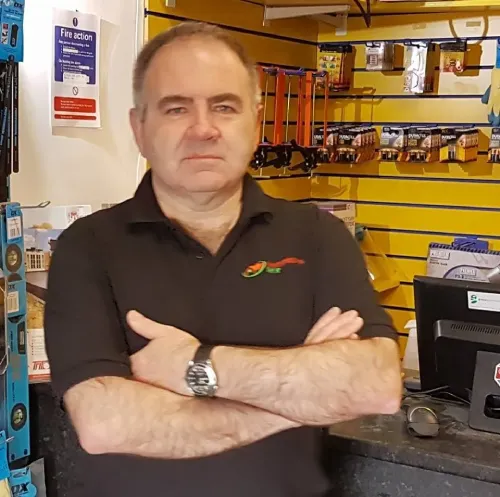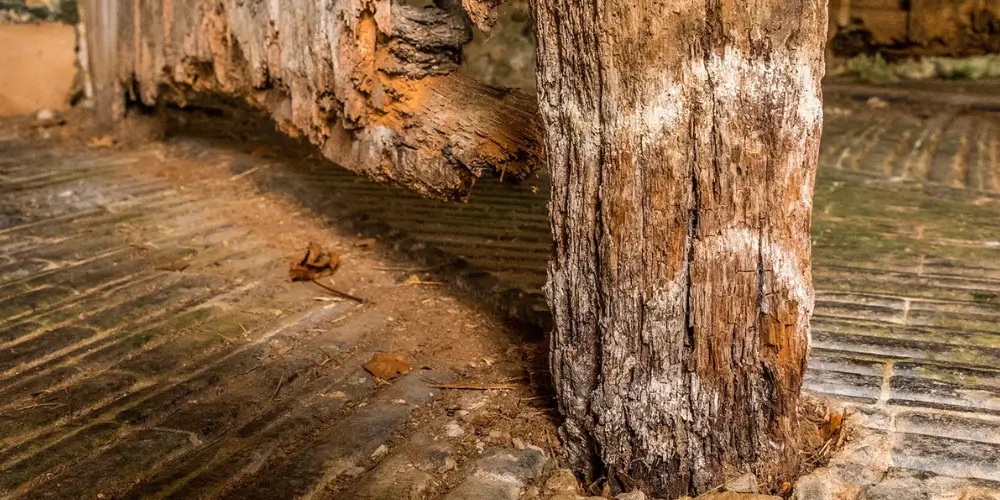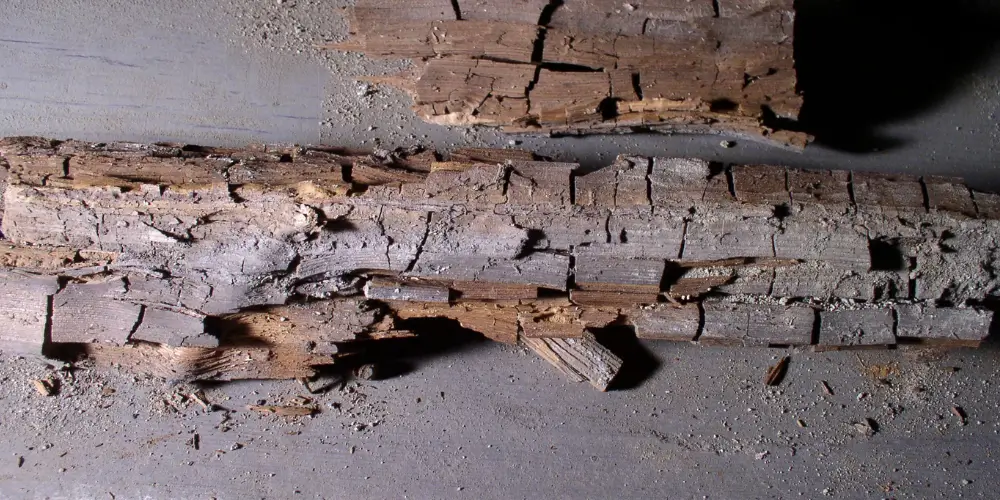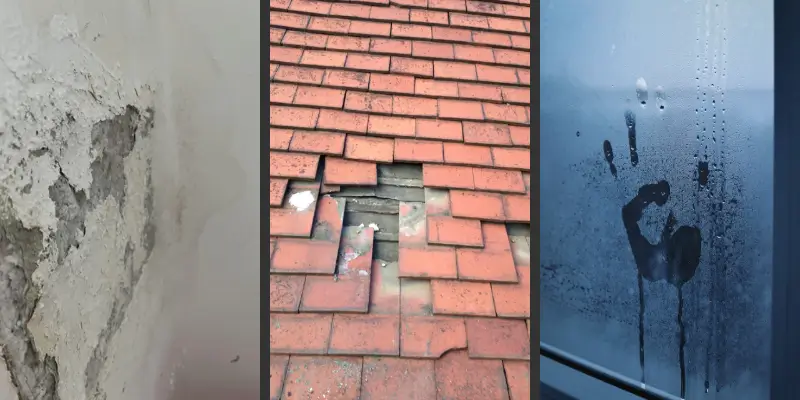Introduction
In the quest for a healthier and more comfortable living environment, many UK homeowners are turning to dehumidifiers to combat excess moisture which causes condensation and black mould which is hazardous to health and can also damage your property. In this article, we will explore what dehumidifiers are, how they work, and their various applications in the home. Let’s dive into the world of dehumidification and address some common questions regarding their efficiency, energy consumption, and overall benefits.
What is a Dehumidifier?
A dehumidifier is a household appliance designed to reduce and maintain the level of humidity in the air. Excessive moisture in the home can lead to a range of issues, including black mould growth, musty odours, and the deterioration of your property. Dehumidifiers work by drawing in air, removing moisture, and releasing dry air back into the room.
Dehumidifiers can be used for:
- Combatting Condensation
- Drying clothes.
- Drying out rooms after a flood.
- DIY uses such as drying out plastering.
Some of our dehumidifiers can be seen below:
-
Ebac 15 Dehumidifier With Infinity Humidistat£182.50 ex. VAT
-
Ebac 2650e Dehumidifier With Smart Control£249.17 ex. VAT
-
Ebac Powerdri 18 Professional Dehumidifier With Infinity Humidistat£249.17 ex. VAT
To see all of our dehumidifiers please visit our Dehumidifiers page.
What is relative humidity?
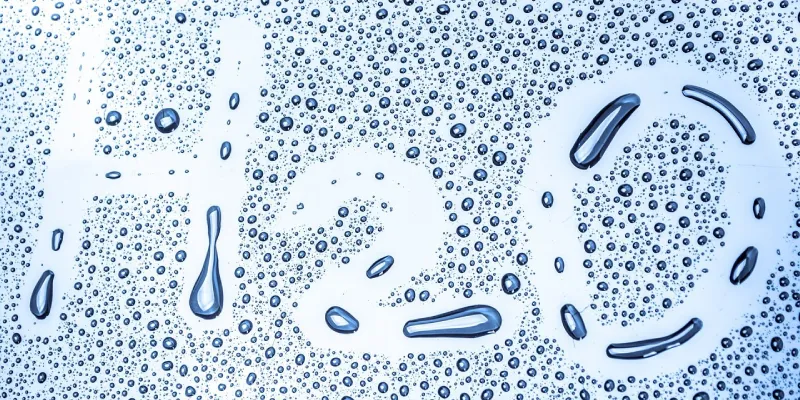
Relative humidity is a measure of the moisture content in the air relative to the maximum amount the air can hold at a given temperature. Ideal indoor relative humidity levels typically range between 30% and 60% depending on the time of year. Beyond this range, problems like condensation which can cause black mould can arise, making dehumidifiers an essential method along with Positive Input Ventilation Systems (PIV) for maintaining a healthy indoor environment.
Where does the water that a dehumidifier collects come from?

Water is always present in the air however it varies and is increased by many routine daily lifestyle activities such as cooking, washing, showering, and even breathing (both people and animals). One of the biggest factors for the increase in humidity for a property is drying clothes indoors, especially during the colder months when people are unable to use the washing lines in their gardens.
How does a dehumidifier work?
A dehumidifier is a bit like a vacuum cleaner for air as it sucks in the air from your room at one end, removes the excess moisture, and then expels the dry air back into the room which in turn reduces the relative humidity.
Dehumidifiers use refrigeration or absorption technologies to extract moisture from the air. The refrigeration process involves cooling the air to condense moisture, while absorption dehumidifiers use a desiccant material to absorb and remove moisture. The collected water is then stored in a reservoir or tank that needs periodic emptying however certain models allow you to connect a hose to the unit to create a permanent drain to either outdoors or to an internal drain.
How long does it take for a Dehumidifier to dry out a room?
The time it takes for a dehumidifier to dry out a room depends on factors such as room size, humidity levels, and the dehumidifier’s capacity. Generally, noticeable improvements can be observed within a few hours, with optimal conditions usually achieved over the course of 24 to 72 hours. It’s critical to continue using the dehumidifier until the humidity levels are normal.
Do dehumidifiers get rid of damp?
Yes, a dehumidifier can help with damp, especially condensation damp however it is worth pointing out that there are different types of damp of which a dehumidifier may not be as effective with such as rising damp or penetrating damp.
To effectively combat damp problems, it’s crucial to identify and rectify the underlying issues, whether they stem from a significant leak or inadequate ventilation. Nevertheless, a dehumidifier can be a valuable tool in mitigating the impact of various types of dampness:
Rising Damp
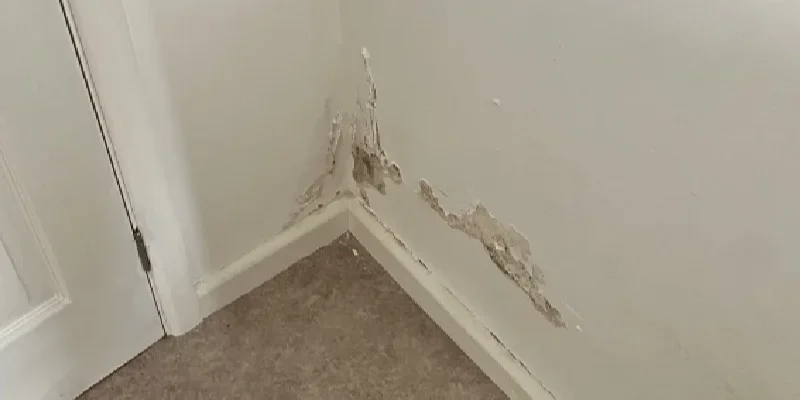
Rising Damp occurs when moisture from the ground permeates through floors or walls. While a dehumidifier won’t eliminate the root cause, it can aid in reducing airborne moisture, preventing black mould growth on surfaces.
Penetrating Damp
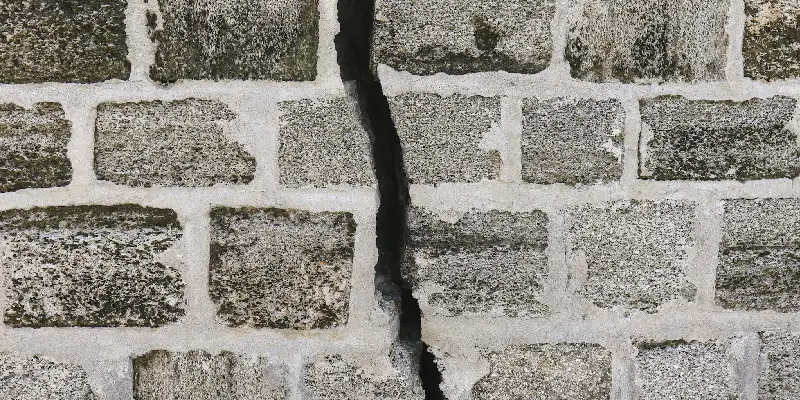
Penetrating Damp is caused by water infiltrating through cracks in roofs or walls and can also be caused by defective guttering. Penetrating damp requires addressing the source of the leak for a complete solution and whilst a dehumidifier can assist in drying affected surfaces this should be complemented by investigating and fixing the underlying issue.
Condensation Damp

Condensation Damp results from the meeting of warm, moist air with cold surfaces. Condensation leads to water droplets forming which can lead to black mould growth. Using a dehumidifier helps prevent this issue by reducing the overall moisture content in the air.
Are dehumidifier expensive to run?

Concerns about the cost of running a dehumidifier are common however, modern, energy-efficient models are designed to minimise electricity consumption as many employ smart humidstat controls which allow the unit to constantly monitor the humidity levels and only turn on when the humidity is outside of your specied levels.
Dehumidifier running costs vary as it can depend on a multitude of factors such as:
- The bigger the dehumidifier (and the higher the wattage), the more watts it’ll generally use.
- The dehumidifiers extraction rate of water per kilowatt.
- Is the dehumidifier running in an unheated or heated room?
- Where are you using it?
- What time of year is it?
- Some don’t run constantly (they’re controlled with a humidistat, which can shut on and off as needed).
An example of the cost is that that the Ebac 15 Dehumidifier and the Ebac 2650e Dehumidifier both have an approx. 2p per hour running cost (£0.45 per day).
Whilst no one wants to incur costs, the benefits of preventing condensation, black mould, preserving belongings, and maintaining a comfortable environment often outweigh the small expense.
Can you dry clothes using a dehumidifier?
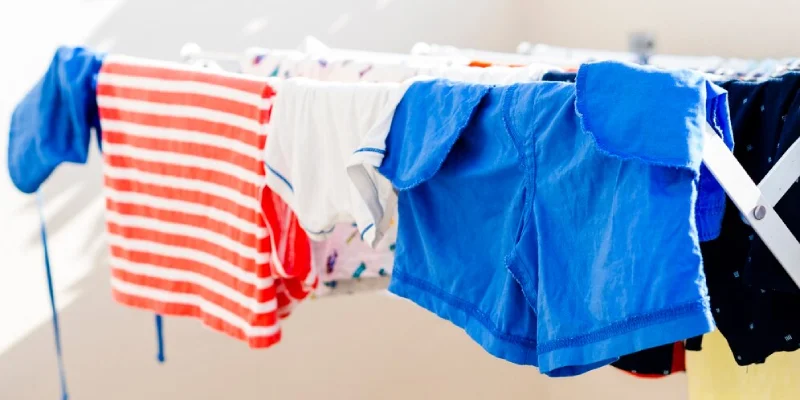
Dehumidifiers can be used to dry clothes indoors efficiently. While they may not be as fast as tumble dryers, they are more energy-efficient and can help reduce overall energy costs. Using a dehumidifier to dry clothes is especially useful during the cold, wetter, winter months.
Using a dehumidifier to dry your clothes is one of the great advantages of owning a dehumidifier. A dehumidifier is a cheaper alternative to a tumble dryer with no shrinking and a lot less creasing of your garments. It is also great for any clothes which cannot be tumble dried. All you need to do is to put your clothes on a clothes airer in a room with the door left ajar and make sure that your dehumidifier is switched on. If your dehumidifier has a dedicated laundry mode, use this, if not make sure the fan speed is switched to full. It takes on average around 8 hours to dry laundry with a dehumidifier.
Is it cheaper to run a dehumidifier or a tumble dryer to dry clothes?
Dehumidifiers are generally cheaper to run than a tumble dryer. A typical Tumble dryer (as of 2023) can cost up to £1.40 per cycle whereas our Ebac 15 Dehumidier and the Ebac 2650e Dehumidifier both have an approx. 2p per hour running cost (£0.45 per day).
Will a dehumidifier stop condensation on windows?
Yes, a dehumidifier can be a fast, effective and cost-efficient way to help prevent condensation forming on windows.
Are dehumidifiers good for Black Mould?
Yes, a dehumidifier can be a fast, effective and cost-efficient way to help prevent black mould. As black mould forms due to excess moisture being present and if the excess moisture is caused by condensation, then the dehumidifier will be effective. However, if black mould is caused due to other forms of dampness such as Rising Damp or Penetrating Damp then the dehumidifier may be less effective.
Where is the best place to put my dehumidifier?
For tackling problems like condensation, it is usually recommended that you place your dehumidifier in a central place, such as a hallway, keeping all doors slightly ajar. If you have certain problem areas that you would like the dehumidifier to fix then simply place it in that room/area until the problem is under control, then move the dehumidifier back to the central place.
Leave some space around your dehumidifier so that the vents aren’t obstructed, keeping the unit at least a foot away from walls and furniture. Blocking vents and filters on the unit will affect its ability to function properly.
Should I close the door when using a dehumidifier?
No. While your dehumidifier’s on, keep your doors ajar. Dehumidifiers can’t attract the moist air with the doors closed! Opening your doors slightly allows sufficient airflow so your dehumidifier can do its job.
Do Dehumidifiers Turn off When Full?
Yes, most dehumidifiers have an auto-turn-off feature that will turn the unit off either when the collection tank is full or when your space reaches the required humidity level you have set. If your dehumidifier is overflowing, it’s likely an issue with defect with your dehumidfier unit.
Are dehumidifiers good and are they worth it?

Considering the myriad of benefits, including improved air quality, protection against condensation and black mould, and the preservation of belongings, dehumidifiers are a worthwhile investment for those looking to enhance their indoor environment.
Is a dehumidifier the same as an air conditioner?
No, they are slightly different. In essence, a dehumidifier focuses on removing excess moisture from the air to prevent issues like condensation, black mould and discomfort, with a minimal impact on temperature. An air conditioner, however, primarily aims to cool the air by removing heat, providing significant temperature reduction and enhanced ventilation. While both address humidity to some extent, their main functions and energy consumption differ, with dehumidifiers being more energy-efficient in moisture control.
Is a dehumidifier the same as a Positive Input Ventilation Unit (PIV or PPU)?
No, they are slightly different. Positive Input Ventilation systems and dehumidifiers address moisture issues differently but both systems are effective in reducing condensation and preventing the formation of black mould.
Dehumidifiers actively remove moisture from the air reducing the humidity. PIV systems, on the other hand, introduce fresh, filtered air into the property, promoting air circulation and reducing humidity. We also have a selection of PIVs available which can be seen below.
